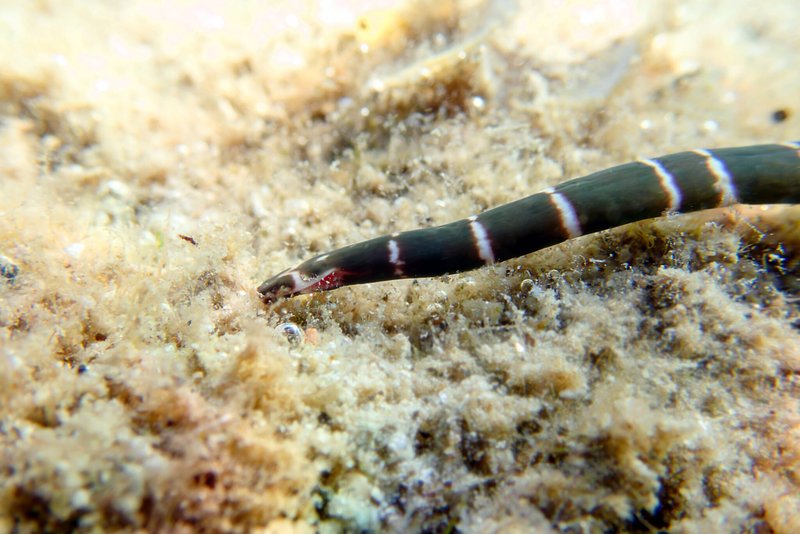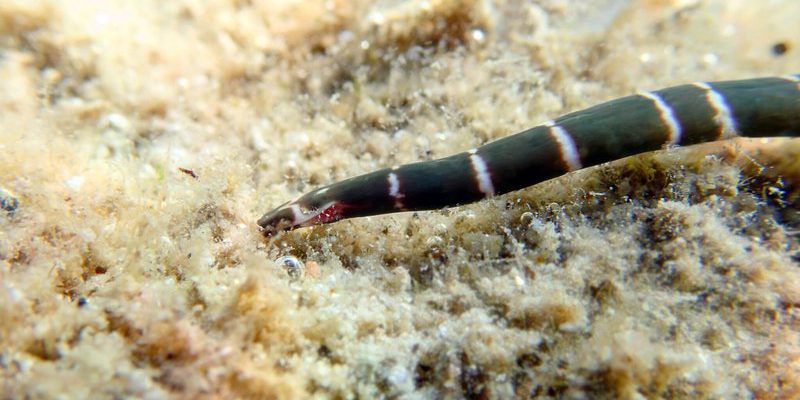
Imagine the ribbon worm like a secretive ninja of the sea, stealthy and flexible, gliding through sand and mud. These worms, known scientifically as *Nemertea*, can be bizarrely beautiful, stretching out to impressive lengths and exhibiting a kaleidoscope of colors. But what do they actually do? You might be surprised to learn that these creatures are not just bizarre; they are key players in the intricate web of coastal life. From their feeding habits to their interactions with other species, ribbon worms have much more to offer than meets the eye.
What Are Ribbon Worms?
Ribbon worms, or *Nemertea*, are a fascinating group of animals found in marine environments worldwide. These invertebrates can vary greatly in size, with some reaching over a meter long, while others are just a few centimeters. They have a distinctive long, slim body that resembles a ribbon—hence the name.
Their bodies are soft and flexible, which allows them to burrow into sediments and hide from predators. Most ribbon worms have a unique feeding structure called a proboscis, which they can extend to catch prey. This makes them fierce hunters in their own right! They primarily feed on small invertebrates like crustaceans and other worms, playing a crucial role in controlling these populations.
But that’s not all! Ribbon worms have a fascinating life cycle, often starting as tiny larvae that drift with the currents before settling down in their chosen habitat. This journey helps them disperse and find new environments to thrive in.
The Role of Ribbon Worms in Coastal Food Chains
Here’s the thing: every creature in an ecosystem serves a purpose, and ribbon worms are no exception. They are an essential part of the coastal food web, acting as both predators and prey. By feeding on smaller invertebrates, they help keep these populations in check and maintain balance within their ecosystem.
Moreover, ribbon worms also serve as a food source for larger animals, such as fish and birds. This means that when you see a fish swimming near the shore, there’s a good chance it might have feasted on ribbon worms at some point. This connection illustrates the importance of ribbon worms in supporting the overall health of coastal ecosystems.
There’s a certain beauty in how these threads of life are woven together. When one species, like the ribbon worm, thrives, it can have a positive impact on others, contributing to a flourishing ecosystem.
How Ribbon Worms Contribute to Nutrient Cycling
Now, let’s talk about nutrient cycling—essentially, how nutrients move through an ecosystem. Ribbon worms play a vital role in this process. As they consume organic matter and smaller organisms, they break down materials that would otherwise accumulate in the sediment. This decomposition releases nutrients back into the environment, which can then be used by other marine plants and animals.
Imagine this like a recycling system. Just as we sort our garbage to create new products, ribbon worms help break down substances to enrich their surroundings. This contributes to healthier habitats for seagrasses and coral reefs, which rely on nutrient availability.
On a larger scale, this recycling process supports the entire coastal ecosystem, allowing diverse species to thrive. Without efficient systems like this in place, ecosystems could become unbalanced, leading to declines in biodiversity.
Ribbon Worms and Habitat Structure
You might be wondering how ribbon worms influence habitat structure. Their burrowing activity can actually create spaces within the sediment, improving aeration and water movement. This is crucial for other organisms, as it helps to maintain a healthy environment for both plants and animals living in the sand or mud.
In addition, the presence of ribbon worms can also impact the distribution of other marine animals. By modifying their habitats, these creatures create microenvironments that can benefit various life forms, from tiny crustaceans to larger fish.
In a way, ribbon worms act as architects of the ocean floor, shaping the landscape to support a diverse community of marine life.
Threats to Ribbon Worm Populations
Despite their importance, ribbon worms face various threats, many of which stem from human activity. Pollution, habitat loss, and climate change are just a few factors that can impact their populations. For example, excessive nutrients from agricultural runoff can lead to algal blooms that deplete oxygen levels in the water, making it difficult for ribbon worms to survive.
Moreover, coastal development can disrupt their habitats, leading to decreased populations. With fewer ribbon worms around, the entire coastal ecosystem can feel the effects, potentially leading to imbalances in food webs and nutrient cycling.
Understanding these threats is crucial for conservation efforts. By protecting coastal ecosystems and the organisms that inhabit them, we can help ensure that ribbon worms continue to thrive.
How You Can Help Ribbon Worms and Coastal Ecosystems
You might be wondering, “What can I do to help?” Fortunately, there are several ways you can contribute to the health of coastal ecosystems and, by extension, protect the ribbon worms that call them home.
- Reduce Pollution: Use environmentally friendly products and properly dispose of waste to minimize water pollution.
- Support Conservation Efforts: Get involved with local organizations focused on preserving coastal habitats and marine life.
- Educate Others: Share what you’ve learned about ribbon worms and their importance in marine ecosystems.
- Practice Sustainable Fishing: If you enjoy fishing, follow local regulations and avoid overfishing to protect marine populations.
Every small action counts. By making conscious choices, you can help support the delicate balance of coastal ecosystems and ensure that ribbon worms continue to play their vital roles.
So, do ribbon worms play a significant role in coastal ecosystems? Absolutely! From their unique feeding habits to their contributions to nutrient cycling and habitat structure, these incredible creatures are essential to the health of our oceans. They remind us of the interconnectedness of life in coastal environments—the delicate threads that tie everything together.
As you explore the beach or dive into coastal waters, take a moment to appreciate the hidden wonders beneath the surface, like the ribbon worm. By understanding their importance and supporting coastal conservation efforts, we can help ensure that these remarkable beings continue to thrive in the ecosystems we cherish. Let’s work together to protect the rich tapestry of life in our oceans, ribbon worms included!

